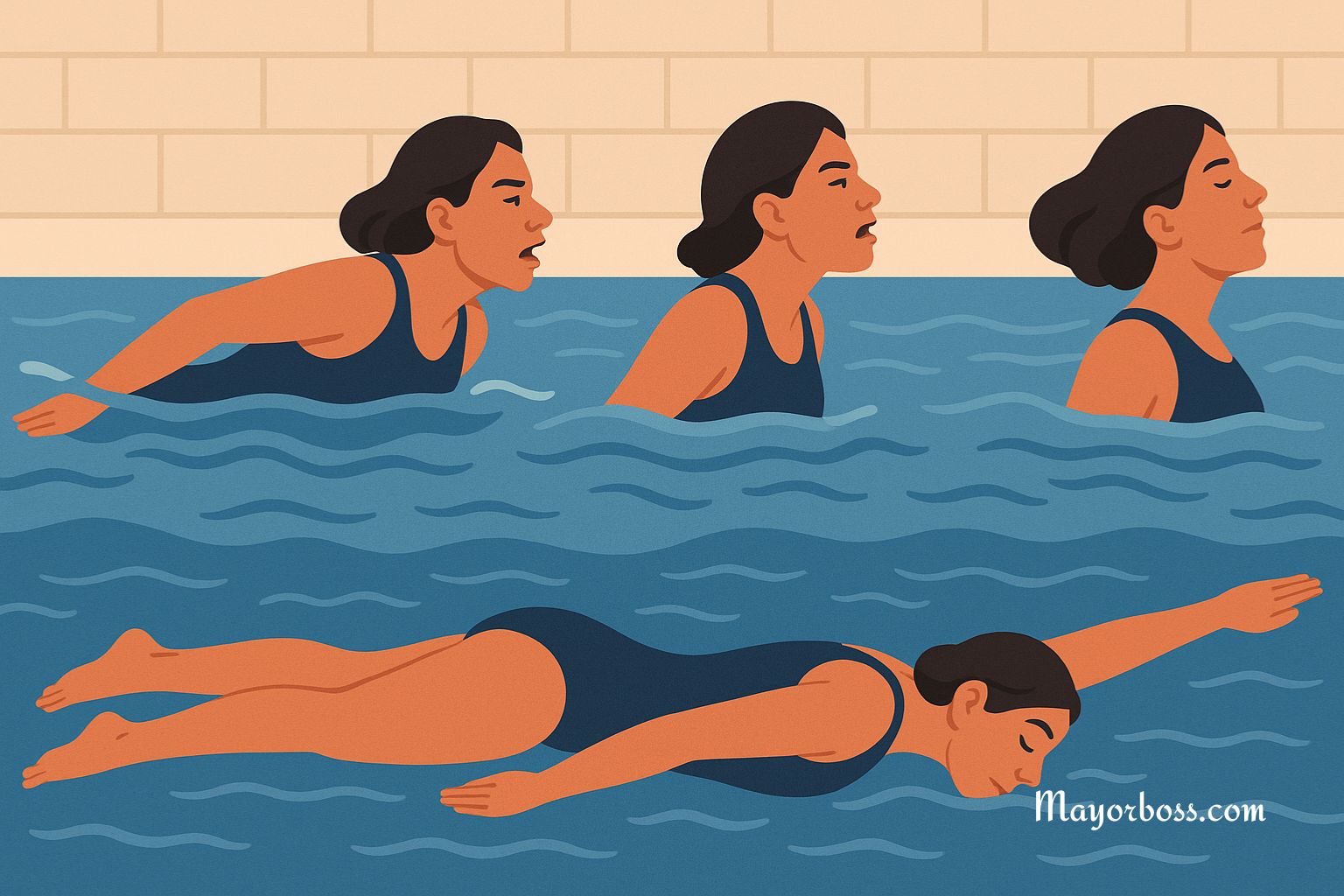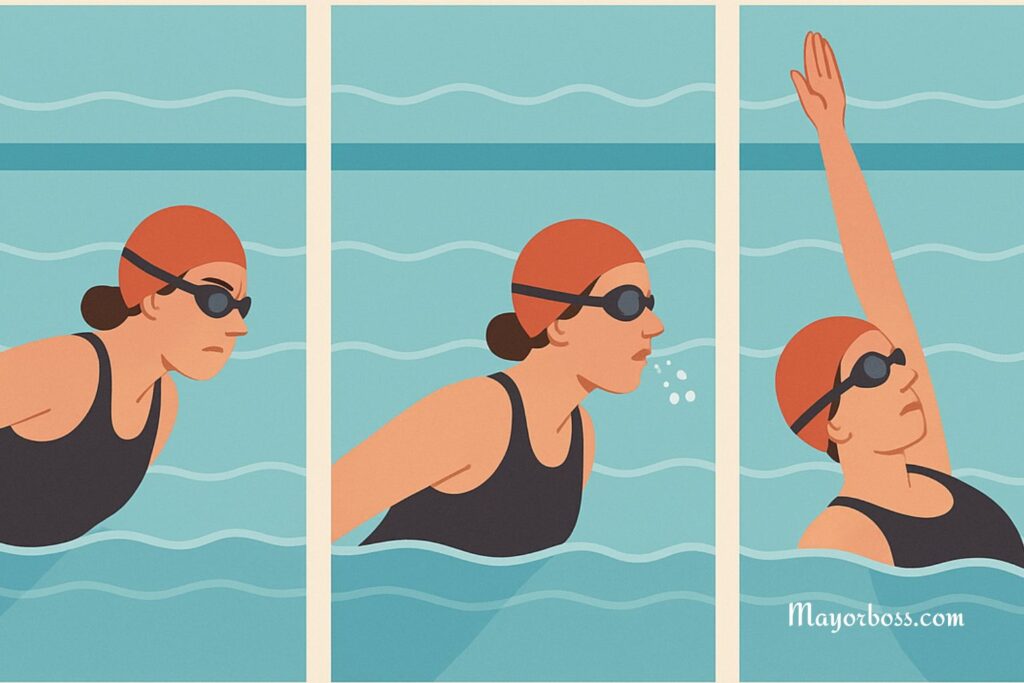4 Mistakes You Should Not Make When Swimming
Swimming is a great form of exercise. It strengthens your muscles, protects your joints, and supports heart health. But like any physical activity, it comes with technique. Small mistakes can reduce your performance—or worse, lead to injury. If you’re not careful, even simple errors can affect your safety in the water.
Let’s go over four common swimming mistakes you should avoid—and how to fix them.

1. Swimming with the Wrong Body Position
Your body position in the water is the foundation of efficient swimming. Many swimmers, especially beginners, let their hips or legs sink. This creates drag, making it harder to move forward. You end up working harder while getting tired faster.
The goal is to keep your body as flat and horizontal as possible. Your head, hips, and feet should form a straight line near the surface. To achieve this, engage your core and keep your head in line with your spine. Avoid lifting your head too high—it causes your hips to drop.
If you swim freestyle, try looking down rather than ahead. This helps your body stay level and reduces resistance.
2. Tensing Your Neck While Swimming
Tension in your neck might seem harmless, but it puts unnecessary strain on your muscles. When your neck is tight, it affects your shoulders and arms, too. This limits your range of motion and can cause pain over time.
A relaxed neck supports smooth breathing and easier movement. Whether you’re doing freestyle or backstroke, your head should rest gently in line with your spine. Don’t force your chin up. Let it follow the natural line of your body.
If you feel your neck stiffening during a swim, stop and reset. Shake out your shoulders. Take a deep breath. Then focus on keeping your head relaxed and aligned.
3. Holding Your Breath for Too Long

It’s common for swimmers to think they should hold their breath for as long as possible. But this is not efficient—or safe. Holding your breath too long can lead to discomfort, dizziness, or panic in the water.
Swimming requires a steady breathing rhythm. Instead of holding your breath, exhale gently underwater and inhale quickly when you turn your head or surface. This keeps oxygen flowing to your muscles and reduces fatigue.
Practice your breathing pattern during drills. Try breathing every three strokes in freestyle or after every arm cycle in breaststroke. Over time, you’ll develop a rhythm that feels natural and keeps you calm in the water.
4. Poor Head Position in Backstroke
When doing backstroke, your head position controls your entire body alignment. If your chin tilts too far forward or back, it throws off your balance. This causes your hips and legs to sink, slowing you down.
The correct head position is neutral. Your ears should stay just below the water’s surface. Your eyes should look straight up—imagine a point on the ceiling. Don’t tuck your chin to your chest or tilt your head back.
To stay aligned, use your core muscles and keep your hips near the surface. Good head position helps you glide more efficiently and keeps your stroke smooth.
Final Thoughts
Swimming is a skill. Like any skill, it takes time and practice to improve. Avoiding these four mistakes can help you swim more efficiently and comfortably. Focus on body alignment, relax your neck, breathe properly, and keep a neutral head position. Small changes in your technique can lead to better performance and greater confidence in the water.






